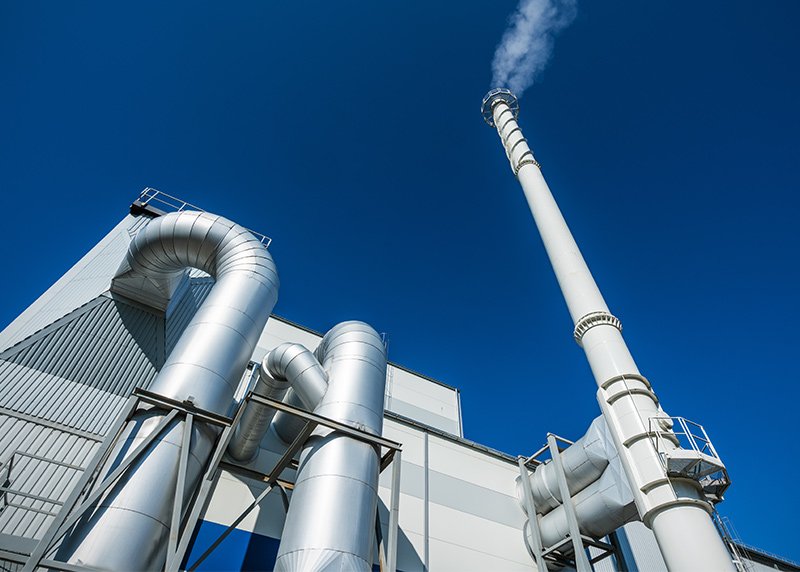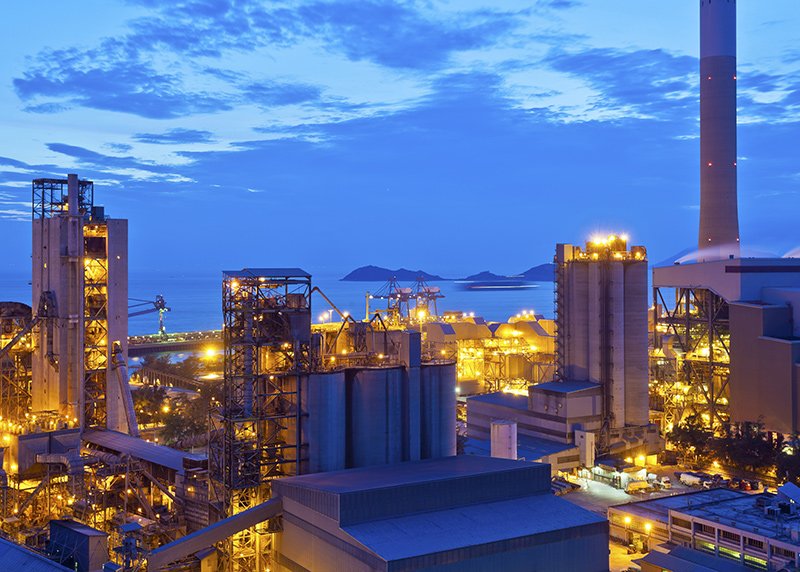When boilers depart from the factory, the accompanying safety-related technical information is of paramount importance. This information not only ensures the safe operation of the boiler but also holds significant implications for industrial safety and compliance. In this article, we will delve into the essential technical safety information that must accompany boilers leaving the factory and its significance in maintenance and regulation. Whether you are a boiler manufacturer, a regulatory authority, or an end user, understanding the value of this information is crucial.
1.1 Boiler Factory Information
When a boiler product is prepared for shipment from the manufacturing facility, the boiler manufacturer is obligated to furnish safety-related technical information. This information should, at a minimum, encompass the following components:
(1) Boiler drawings, which should include general drawings, installation drawings, and detailed drawings of major pressurized components.
(2) Strength calculations of pressurized components or a summary table displaying the results of these calculations.
(3) Calculations pertaining to the emissions of safety valves or a summary of the results of these calculations.
(4) Boiler quality certification, which should include product certification (including the boiler product data sheet, as detailed in Annex A), certification of the metal materials used, certification of welding quality, and the certificate for the water (pressure) test.
(5) Boiler installation instructions and comprehensive user manuals.
(6) Any information regarding changes to the pressurized components that do not match the original design documents.
(7) A water flow chart for hot water boilers, along with the hydrodynamic calculations or a summary of the calculation results.
The product qualification certificate should bear the signature and seal of inspection engineers and quality assurance engineers on behalf of the manufacturing unit.

1.2 Class A Boilers Factory Information
For Class A boilers, in addition to satisfying the applicable requirements outlined in Regulation 4.6.1, the following technical information should also be provided:
(1) Boiler thermal calculations or a summary table summarizing the results of thermal calculations.
(2) Calculations of superheater and reheater wall temperatures or a summary table of the calculation results.
(3) Calculations related to flue gas resistance or a summary of the calculation results.
(4) A diagram illustrating the thermal expansion system.
(5) Calculations for high-pressure and above boiler water cycles (including steam resistance) or a summary of the calculation results.
(6) Diagrams illustrating the vapor system for high-pressure and above boilers.
(7) Values specifying the settings for safety protection devices on high-pressure and above boilers.
For the startup acceptance of power station boiler units, the boiler manufacturing unit should provide a comprehensive set of technical data pertaining to the boiler’s factory specifications.

1.3 Product Nameplate
Boiler products should feature a prominently placed metal nameplate containing, at a minimum, the following information:
(1) The name of the manufacturing unit.
(2) The model number of the boiler.
(3) The equipment code (as detailed in Annex B).
(4) The product number.
(5) The rated evaporation (in t/h) or the rated thermal power (in MW).
(6) The rated working pressure (in MPa).
(7) The rated steam temperature (in °C), as well as the inlet and outlet water (or oil) temperatures (in °C).
(8) The reheat steam import and export temperatures (in °C) and import and export pressures (in MPa).
(9) The boiler manufacturing license level and corresponding license number.
(10) The manufacturing date (specified by year and month).
The upper left corner of the nameplate should reserve space for the manufacturing supervision and inspection mark.
1.4 Factory Marking of Pressurized Parts
Within the boiler manufacturing facility, it is essential to clearly mark the drum, superheater header, reheater header, water-cooled wall header, economizer header, as well as the desuperheater and start-up (vapor) separator, and other major pressurized components. Each of these components should bear the name of the part (or the drawing number) and the product number for the sake of proper identification.
In conclusion, the safety-related technical information provided with boilers leaving the factory is a vital link in the chain of industrial safety and regulatory compliance. Ensuring that this information is accurate, comprehensive, and readily available contributes to the safe and efficient operation of boilers in a wide range of applications.
As technology and safety standards continue to evolve, it is imperative that all stakeholders, including manufacturers, regulatory bodies, and end users, stay updated and aligned with the latest advancements. By doing so, we collectively foster a safer working environment and promote the responsible use of boiler systems.
In the ever-changing landscape of industrial processes and safety measures, the journey from the factory to the field underscores the importance of collaboration, adherence to best practices, and a shared commitment to safeguarding lives and property. The proper handling of technical safety information is an essential component of this shared responsibility, ensuring that boilers continue to serve us reliably, efficiently, and, most importantly, safely.
DHB Boiler
Discover The Superior Quality And Cutting-Edge Technology Of DHB Boilers. Explore Our Range Of Biomass Boilers, Waste Heat Boilers, And More. Take Your Industrial Operations To New Heights With DHB Boiler.








